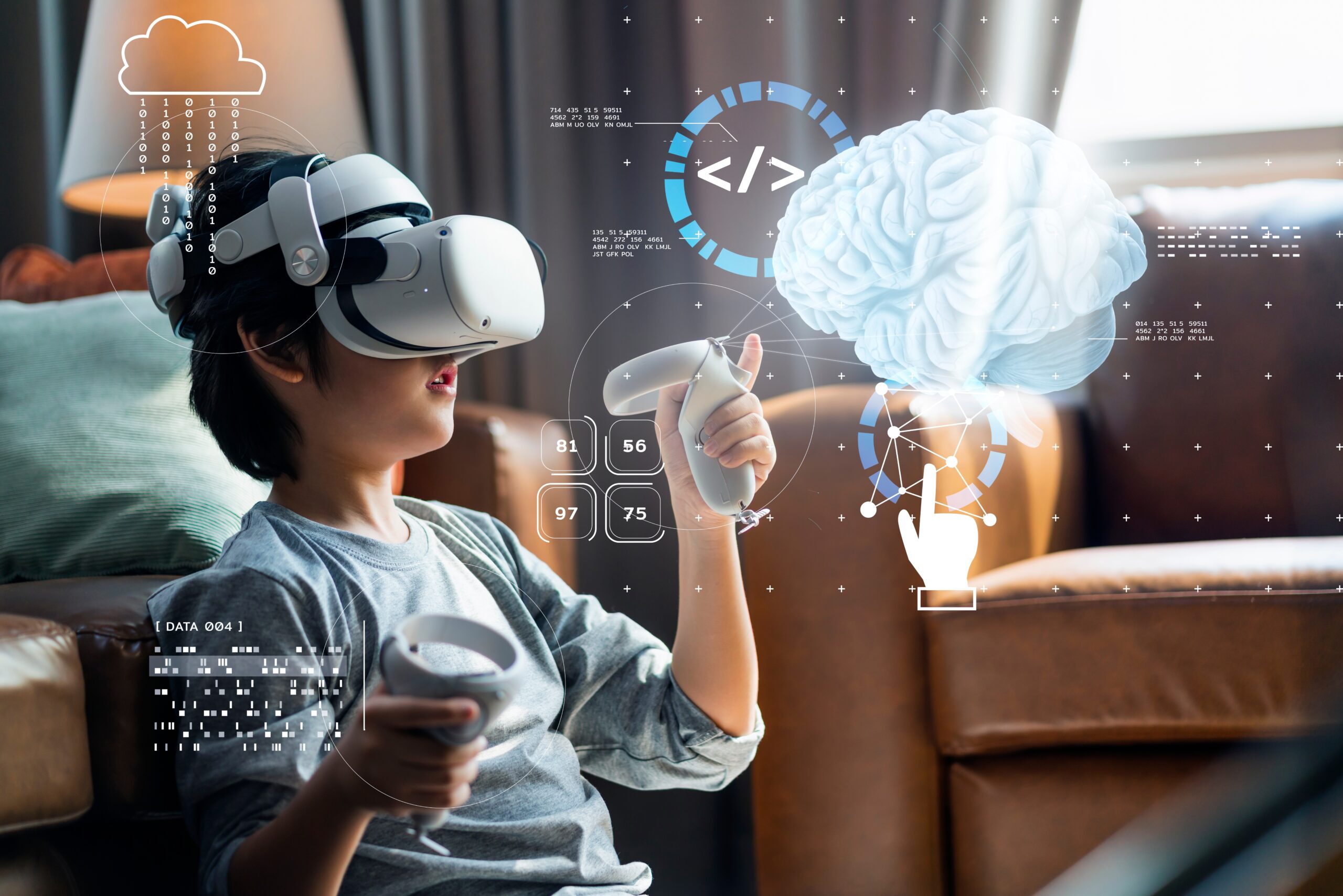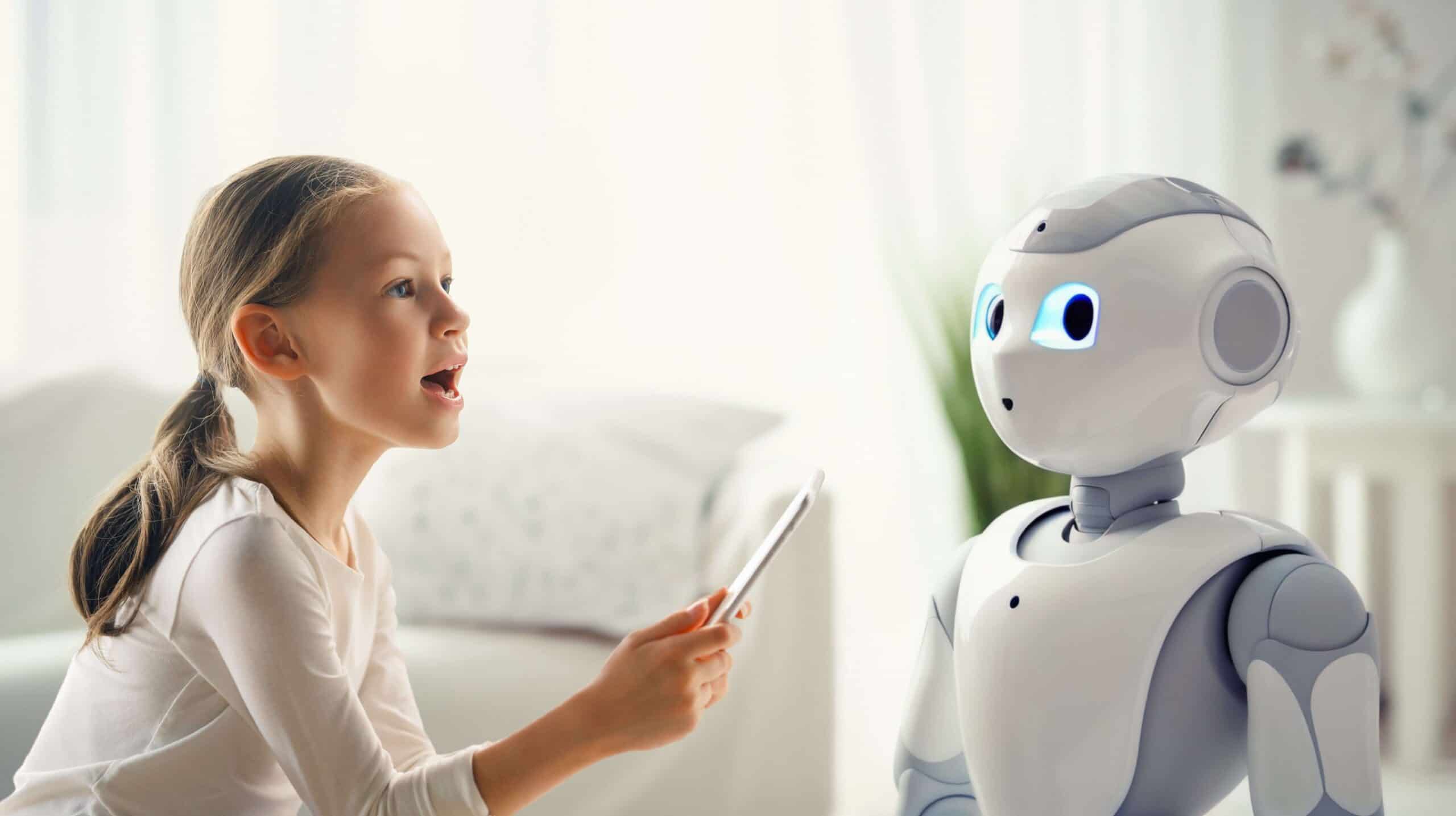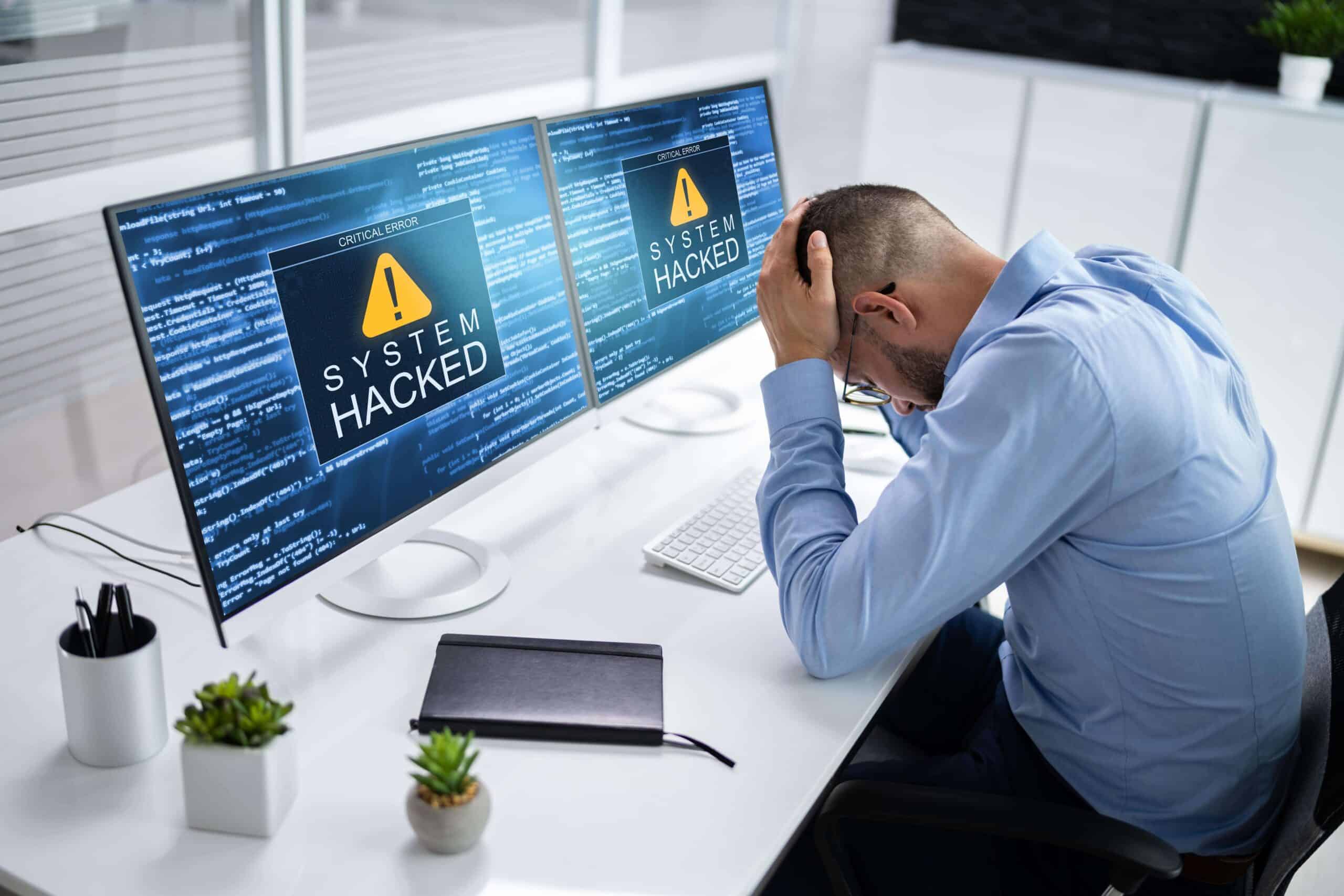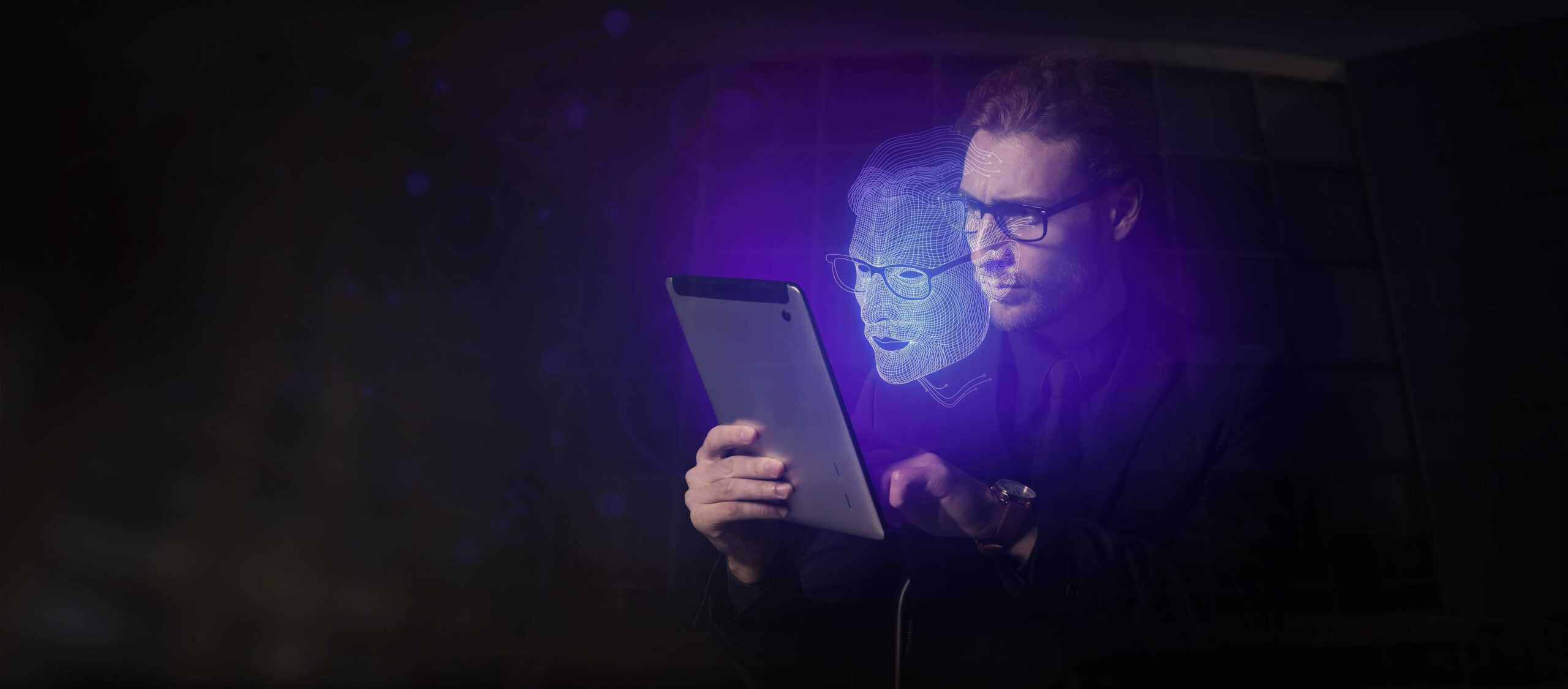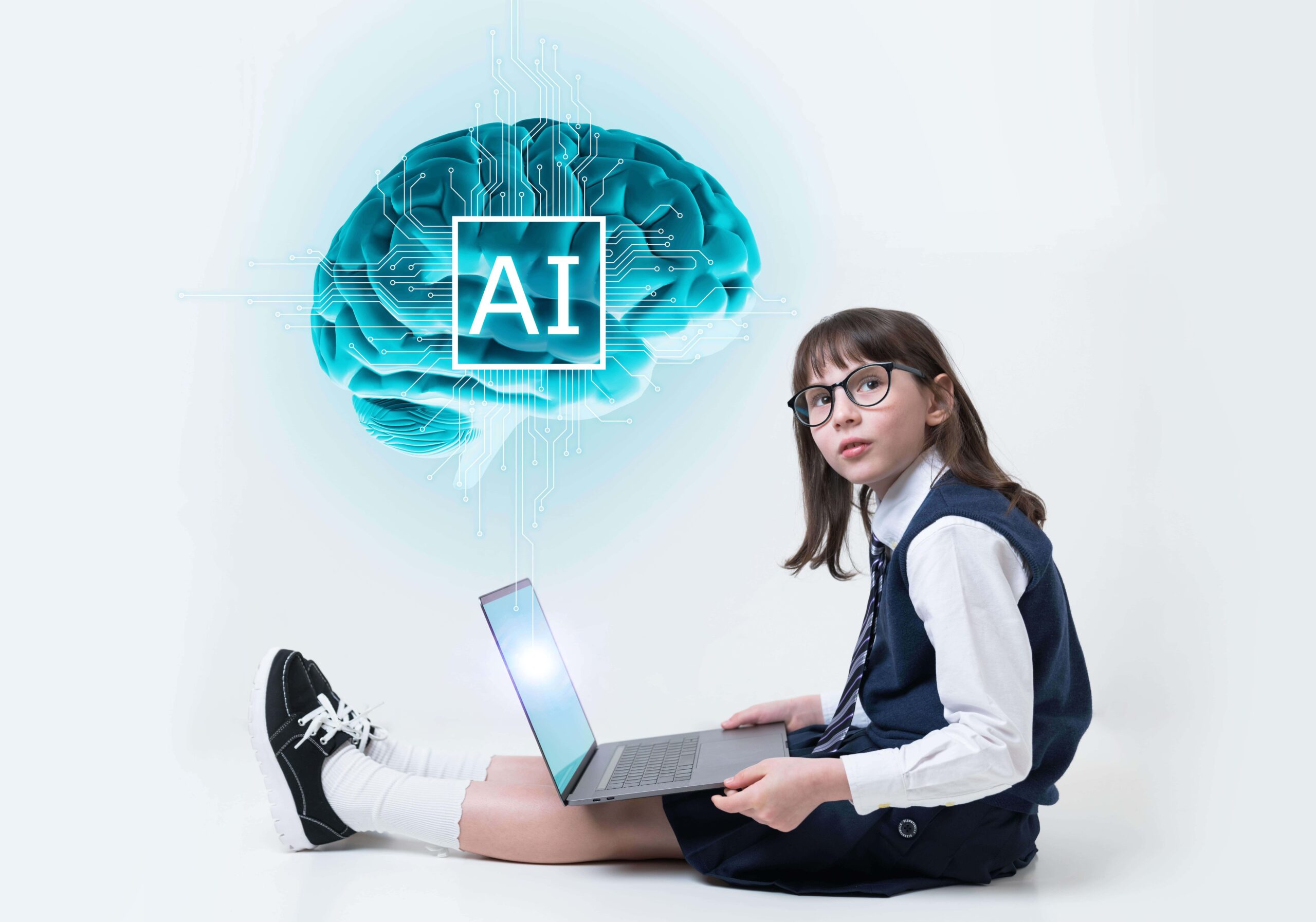How the pandemic affects primary education and what schools can do to overcome the crisis
The spread of COVID-19 since its December 2019 discovery in Wuhan, China has been nothing short of shocking. To combat the spread of the virus, many countries went into lockdown. While lockdowns have been fairly effective in reducing the number of infections, they have also put tremendous pressure on the world’s economy. Millions of people lost their jobs, thousands of businesses have closed for good, and entire industries have been devastated. The resulting recession will possibly be the most severe the world has ever experienced. To get their economies back on track, various countries have eased their restrictions. Businesses around the world have reopened. What effect will this have on the primary education sector? Is there anything schools can do to improve and maintain the safety and wellbeing of children, as well as teachers?
The impact of the crisis on primary education
When difficult times arrive, no one can be certain whether their job will be safe – and teachers are no exception. The prospect of a job loss can negatively affect teacher morale and result in a noticeable drop-off in performance. According to a recent study, teachers who were fired and then rehired proved to be less productive in the following two years. Similarly, the effectiveness of teachers who were given layoff notices but weren’t actually fired dropped considerably during the year.
Combined with a sense of isolation brought about by the new social distancing guidelines, budget cuts, and fear for their own health and safety, remote teaching significantly increased teachers’ stress levels and lowered job satisfaction. The education system has long been plagued by issues like teacher shortages and inequality in education, and the pandemic has only served to further exacerbate these problems. The transition to remote learning has been particularly harsh on children from vulnerable families, many of whom don’t possess the technology required to join online classes.
To combat the spread of the virus, most governments around the world have decided to close their educational institutions, at least temporarily, affecting hundreds of millions of students. By the end of March, nearly 1.38 billion, or 80 per cent of the world’s learners, were unable to attend school or university due to the aforementioned closures, according to UNESCO. Overall, schools and universities have been closed in 138 countries all over the world.
The biggest problem with having to shift to remote learning practically overnight is that not every school is equally equipped to handle such transitions.
Structural ways the coronavirus crisis is changing primary education
While it’s true that the pandemic has been harsh on everyone, it’s also given us an opportunity to rethink our approach to education and implement some desperately needed changes. And that’s where technology comes in. By implementing innovative technologies like artificial intelligence, we will be able to transform not only practices and structures, but also school cultures.
Blended learning is emerging as an increasingly popular solution. Blended learning is a hybrid model that combines in-person lessons and distance learning.
Schools need to find a way to get students more involved in the decision-making process. By implementing new tech tools and resources, such as interviews with students, video recordings of the classes, and progress monitoring tools, schools will be able to learn more about how effective their teachers are – or the school as a whole – and build a better system for everyone involved.
The pandemic has been particularly harsh on children, who were suddenly exposed to a whole range of potentially traumatic events, including school closures, health crises, and the loss of family income. That is why teachers will have to adopt a more personalised approach to teaching from now on, which will enable them to focus not only on their students’ academic progress but also their social and emotional well-being.
There’s been a shift in the role of teachers, whose growing reliance on online tools could make them look “more like coaches or mentors” in the future. Teachers are increasingly implementing more personalised educational strategies, such as competency-based learning. In competency-based learning, instruction is adapted to the student’s existing skills, allowing them to learn at a pace that suits them best.
Visions about the future of primary education
As the world becomes increasingly dependant on technology, the classroom of the future will need to reflect this trend by incorporating tech solutions that will enable students to acquire the skills they need to succeed in the future. Technology has practically erased boundaries between school and home, allowing students to choose where and when they want to learn. The way teaching is delivered will also change, moving away from a ‘one-size-fits-all’ model towards a more personalised one.
Homeschooling is emerging as one of the most impactful trends. In 2016, just 1.7 million out of a national school population of 56.6 million children in the US were homeschooled. Now, with schools around the world closed to combat the spread of the virus, that number has grown dramatically.
Individual tools such as virtual reality (VR), augmented reality (AR), and MOOCs (massive open online courses) will all have a place in the classroom of the future. “Cutting-edge technologies must be constructed from an ethical framework, which empowers both learners and teachers, rather than exploiting them for purely commercial gain.” warns Professor Rose Luckin, co-founder of the Institute for Ethical Artificial Intelligence in Education. Faced with the prospect of further shutdowns due to the spread of the virus, schools will have to boost their investments in high-quality digital and blended learning environments. “For that to happen, schools will have to prepare all teachers to teach online and face-to-face,” says James Diamond, Assistant Professor and the head of the Digital Age Learning and Educational Technology (DALET) program at the Johns Hopkins School of Education.
Visions about the future of primary education 2
The curriculum will be the first to receive an extensive overhaul through the inclusion of new subjects like new media, e-Business, and computer-human interaction (CHI), which are growing in significance as the world becomes increasingly digitalised. We will increasingly rely on AI solutions to gather the most recent information and present it to students in a way that suits them best, whether it’s textually, visually, or through interactive activities. There will also be a change in the way we measure understanding, with a peer-to-peer teaching model replacing the concept of exams and assessments.
To prepare children adequately for the world of tomorrow and make sure they have the skills they need to succeed, we need to radically rethink our entire education system, according to futurist Richard van Hooijdonk. This impending transformation will be driven by emerging technologies like artificial intelligence, robotics, and AR/VR. Robotics technology will also take on an increasingly prominent role in classrooms around the world, making learning more enjoyable and allowing students who are unable to come to school to attend classes remotely. Teachers will also increasingly employ AR and VR tech, which allows students to better visualise abstract concepts and more easily retain complex information. Van Hooijdonk also anticipates a growing implementation of innovative teaching methods like game-based learning in schools around the world.
However, while AI is expected to take on a more prominent role in the classroom, it’s unlikely to ever replace teachers. The tech will just make their jobs easier, and the role of the teacher will change. There are already several platforms available on the market that use AI to identify gaps in student knowledge, assign tasks appropriate to their knowledge level, and determine when it’s time to move to a different topic.
Recession strategies
There are numerous creative ways to cut costs and ensure greater financial stability during a crisis. For instance, schools should consider automating certain repetitive office functions, such as email communications, payroll, and data entry, or even outsource them to cheaper third-party services, which would allow them to reduce their administrative personnel costs. By building innovation labs, schools could provide teachers and students with a safe space where they can freely try out new ideas without the fear of failure or outside pressure.
Teachers need to be given more control over learning and have more freedom to implement changes and new ideas. As it stands, teachers often feel stuck in place, which can ultimately lead to them quitting teaching. This new reality needs to be reflected in teacher education programs, which need to prepare teachers for the possibility of having to teach not only in person but also in a virtual environment.
Gamification provides numerous benefits in education. It boosts the enjoyment of problem solving through the release of dopamine and helps students adopt a more positive attitude towards the gamified subject. Another key benefit of gamification is that it provides students with instant feedback, which helps identify their weaknesses and allows teachers to focus on resolving them. Robotics technology can provide numerous benefits in the classroom. Educational robots can, for instance, help children learn prime numbers and vocabulary, as well as boost their interest in certain subjects. They can also provide access to classes to those who may be unable to attend school due to an illness, acting as their eyes and ears and allowing them to communicate with their peers and teachers.
Case studies & experiments
With so much information available on the internet, it can be rather difficult for students to find relevant and reliable educational content online. To address this problem, the Amsterdam-based edtech startup Wizenoze has developed a platform called Web for Classrooms, which uses AI to help students find age-appropriate educational information that’s perfectly suited to their reading level. According to the company, 91 per cent of students who used their platform were able to improve their learning results.
To ensure that children can continue to learn even without a teacher present, the UK firm Century Tech has decided to allow all English-language schools across China and Hong Kong to use its AI system for free. The system provides “teaching which constantly adapts to the student.” Each student is presented with personalised learning content upon logging into the platform, which constantly monitors their interactions and looks for patterns that will allow it to form a better picture of the student’s knowledge level, skills, preferences, and focus, as well as gaps in their knowledge and areas they struggle with.
The Jeju Mureung Innovation Elementary and Middle School in South Korea recently announced plans to install the new AI-enabled educational social robot Musio into its classrooms. Developed by AKA Intelligence, Musio is equipped with the highly sophisticated artificial intelligence engine MUSE, which allows it to recognise the context of a conversation and remember its interactions with each individual user.
Described as “Netflix for primary education”, Faqta is a personalised video platform aimed at children in primary schools. The platform provides access to videos on a wide range of topics, including science, nature, history, programming, and technology.
Thinkster Math is an AI-powered tutoring solution designed to help children learn math. Once they complete a simple skills assessment that identifies their strengths and weaknesses, each child is assigned a dedicated elite math tutor who provides them with curated math worksheets that are specifically tailored to their unique learning needs, grades their work and provides feedback, and offers weekly one-on-one tutoring sessions. Each math worksheet is accompanied by tutorial videos that explain how to solve a specific math problem using multiple approaches.
Since most students don’t have a virtual reality device at home, they were no longer able to access and use the library. To solve this problem, Veative Labs decided to convert the entire library into a browser-compatible format called WebXR. That way, anyone with a PC, an internet connection, a browser, and a keyboard or a mouse would be able to access the library regardless of their location.
CleverBooks is a Dublin-based company that offers AR-enabled teaching and learning solutions for primary education. Developed in collaboration with teachers, the company’s products are STEM-certified and based on global curriculum guidelines. They combine innovative AR technology with traditional techniques. Using a mobile device with the CleverBooks app installed and one of the physical products with the picture marker from the company’s product line (flashcards, workbooks, or maps), students can bring up 3D representations of various objects and examine them closely from every angle, giving them a better understanding of abstract concepts that are difficult to comprehend just by looking at a flat image.
The future of primary education
AI-powered learning systems will be able to identify each student’s strengths and weaknesses and devise a personalised learning plan to help address gaps in their knowledge. By putting on a VR headset, students can visit far away places, explore the universe, go back in time, conduct scientific experiments, or practice social skills, all within the safety of a virtual environment.
Blended learning combines face-to-face instruction with online components, allowing teachers the freedom to choose a blend that best suits their students’ learning styles. However, to make this approach a success, schools first need to make sure that all students have access to the technology required for the online components.
More and more schools are introducing innovation labs. Equipped with all the latest technologies, innovation labs provide students with a safe space where they can exercise their creative muscles, try out new ideas, and find solutions to real-world problems.
